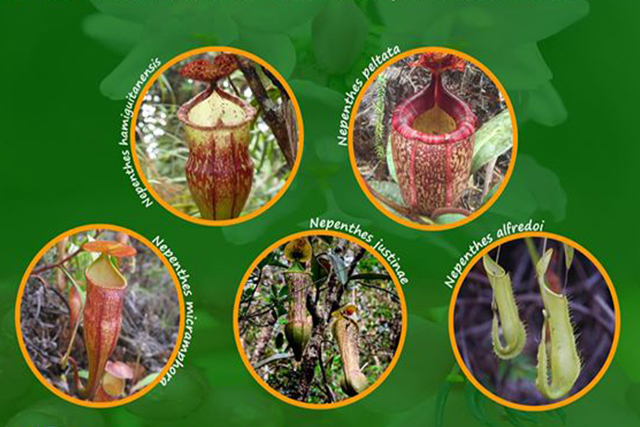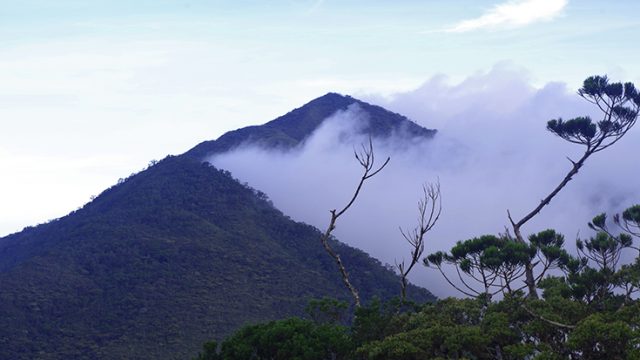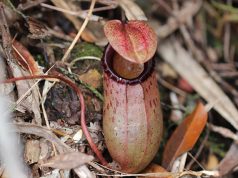On UNESCO World Heritage Site Mt. Hamiguitan, the public can have a rare-sighting of one of the world’s largest carnivorous plants.
The Department of Environment and Natural Resources reintroduced these endemic and rare species of Nepenthes also known as “Pitcher Plants,” that can be only found in Mt. Hamiguitan Range Wildlife Sanctuary in Davao Oriental on Tuesday, time for the celebration of World Wildlife Day.
Botanique, a plant nursery specializing in carnivorous plants, said that “Nepenthes are tropical pitcher plants native to parts of South East Asia, India, Madagascar and Australia.”
The Philippines is considered a center of diversity of the genus Nepenthes along with Sumatra and Borneo, according to a 2017 research of Filipinos titled “Nepenthes alfredoi (Caryophyllales, Nepenthaceae), A New Species of Pitcher Plant from Mindanao, Philippines.”
This study, published by the Association of Systematic Biologists of the Philippines, reports the discovery of new Nepenthes species from Mt. Hamiguitan, Nepenthes alfredoi.
This species was only observed in Gov. Generoso and has not been recorded elsewhere in the country.

Filipino researchers Victor Amoroso, Noel Lagunday, Fulgent Coritic and Ruel Colong described Nepenthes as “the sole genius family of Nepenthaceae and is among the largest carnivorous plants.”
With the team’s discovery of Nepenthes alfredoi in 2017, Mt. Hamiguitan now has five site-endemic pitcher plants that are listed as threatened species.
These five pitcher plants are:
- Nepenthes hamiguitanensis
- Nepenthes peltate
- Nepenthes micromphora
- Nepenthes justinae
- Nepenthes alfredoi
The DENR issued an Administrative Order No. 2019-03 or the “Updated National List of Threatened Fauna and their Categories.”
Under Act 9147, or the Wildlife Resources Protection and Conservation Act and RA 7586 “National Integrated Protected Areas System Act of 1992,” amended by “Expanded National Integrated Protected Areas System Act of 2018,” taking these plants from their natural habitat without permit is punishable by law.










